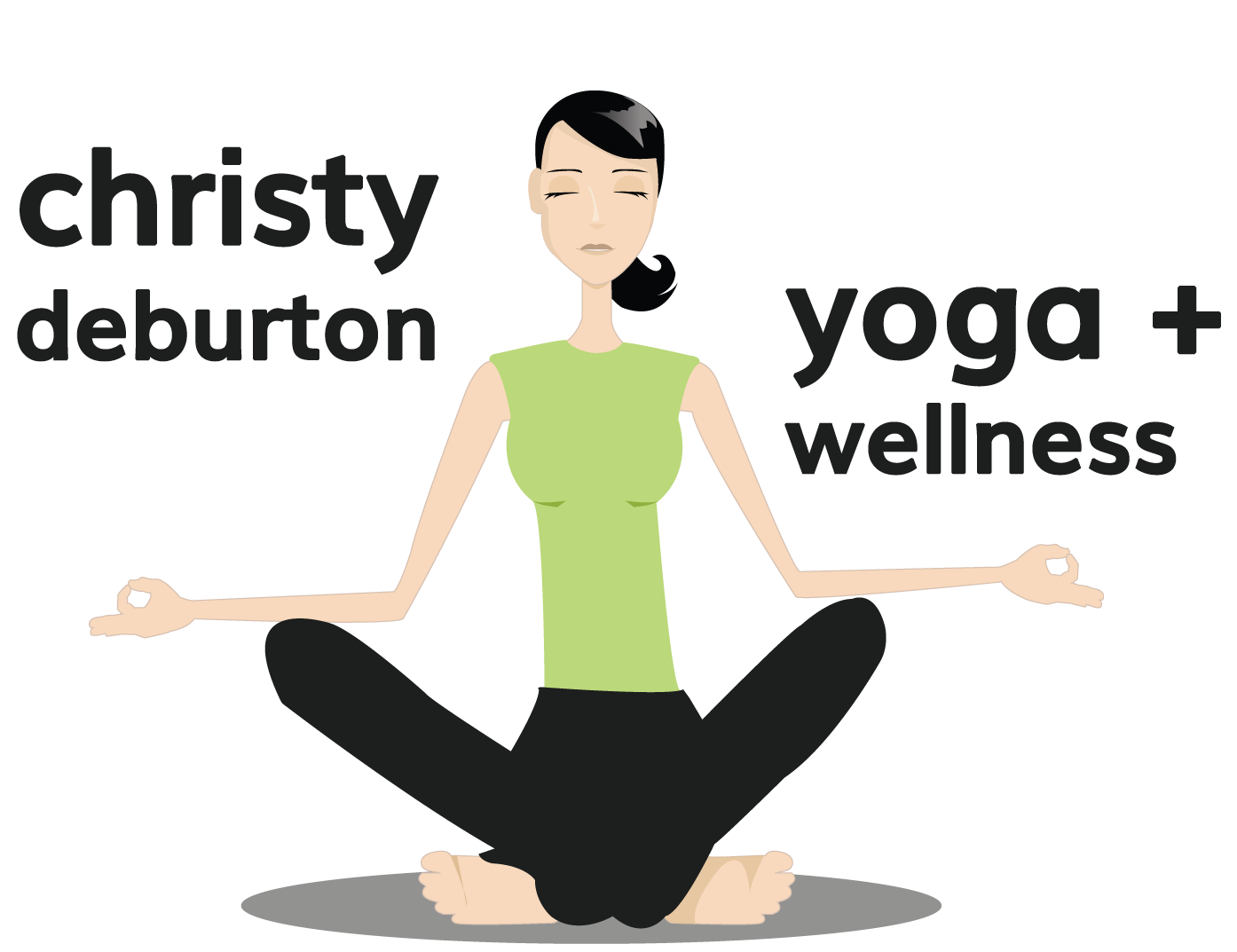In Ayurveda, health is defined as the dynamic state of balance between mind, body, and environment. It is possible for each of us to achieve and maintain a vibrant and joyful state of health by identifying our mind-body type and then creating a lifestyle that sustains and nurtures our unique nature. There are 3 different types, or doshas, and the one we focused on balancing this week in our practice was Kapha.
Kapha endows your body with its earthy-watery qualities. It provides lubrication for joints, as well as mucus to protect the sensitive tissues of the sinuses, lungs and stomach. It also determines the size, strength and suppleness of our muscles. When kapha is in balance, we feel strong, composed and stable. When it is out of balance we can feel sleepy, mentally dull or depressed. We might also experience phlegm in the lungs or sinuses, nausea, unhealthy weight gain, water retention and a heaviness in the limbs.
It is especially important to balance kapha in spring, because it accumulates during winter and can create dis-ease by the time spring arrives. As the world becomes colder and wetter in winter, your body mirrors these kapha-like changes. You tend to eat, sleep and stay inside more during winter, which can result in a ‘winter coat’ of insulation. In spring, you need to shed this excess kapha or risk becoming vulnerable to seasonal allergies or head colds. You might also gain or retain weight or succumb to general lethargy or emotional dullness.
So to alleviate excess kapha in our body on our yoga mat, we must consider using opposites. I mentioned words like heavy, cold, wet, earth, water, etc. above. So our yoga practices this week at The Yoga Room were in a warm room. They were faster-paced, using a nice flow that is dynamic to raise heat in the body. The lungs and chest are the primary “seat” of Kapha in our body, so we worked on expanding the 4th (heart) and 5th (throat) chakras with lots of nice backbending and shoulder-opening postures to re-energize and invigorate us and open up our lungs. Inversions were included to increase circulation in the head and chest. Engaging larger muscle groups with strong standing poses and balances helped us increase heat quickly and then, finally, bringing intensity and strength to all our yoga poses helped balance our kapha. The key words for our yoga practice this week were dynamic movement, upward energy and heat.
For those of you who joined us this week for our kapha-balancing routine, hopefully you left feeling lighter, warmer and more invigorated, with a sense of composure, strength and stability. If you missed it, be sure to check out my Kapha-Balancing Audio Session on my Audio Downloads page!


